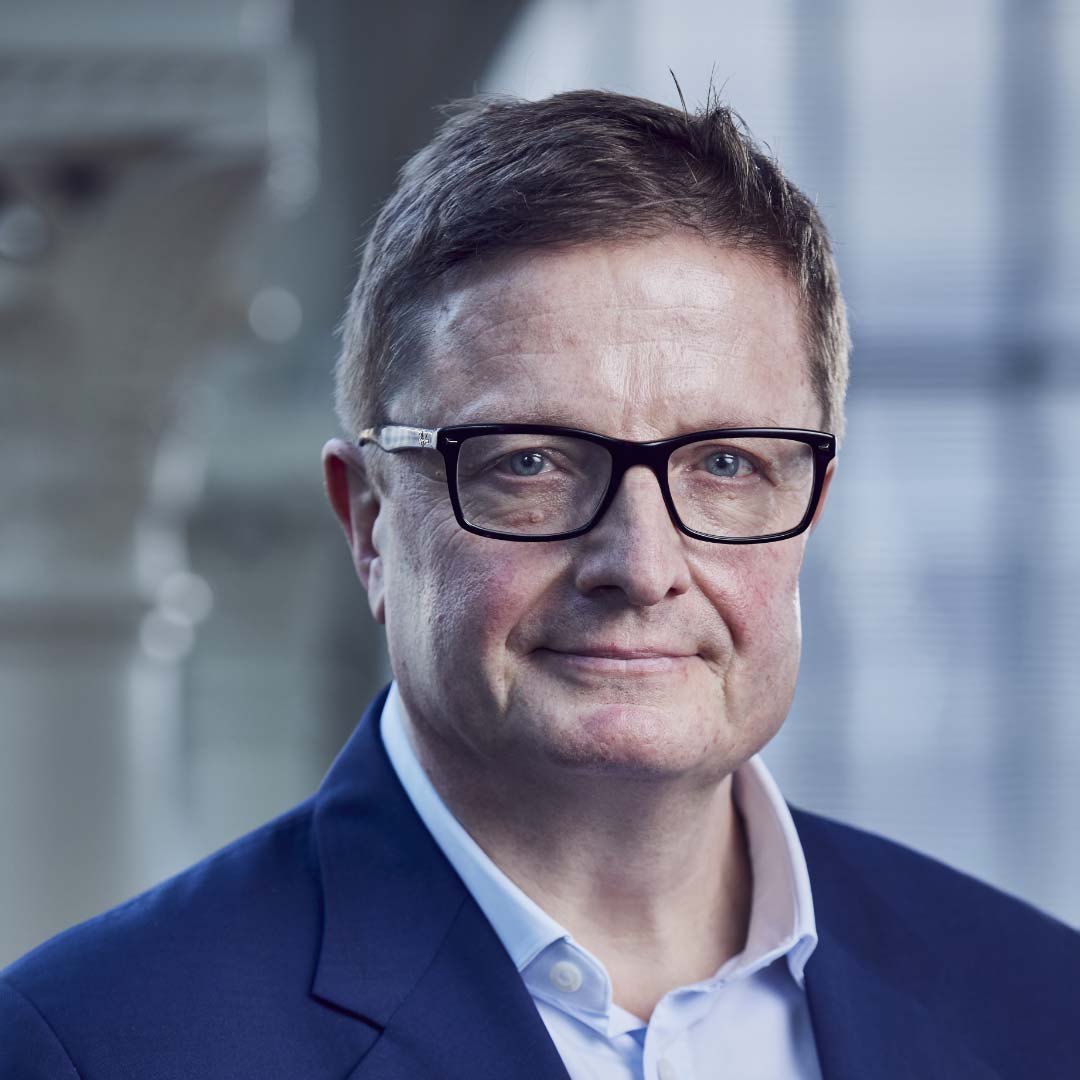We want you to get to know our Champions better and so we sat down for a series of fascinating conversations to allow them to give us an insight into their role and involvement in Creative Estuary, what their aspirations for the project are and about their love for our stunning estuary.
A few weeks ago I caught up with one of our champions, Alex Beard. Alex has built an incredible career in the creative industries, something that has interested him since he was a child. We are thrilled that he is one of our Champions and the first to talk to me about his involvement in and enthusiasm for Creative Estuary.
Tell us about your current role/s:
I’m CEO of the Royal Opera House and also Chair of the High House Production Park in Purfleet; which is the result of long term collaboration between the Royal Opera House, Creative & Cultural Skills, Acme Studios, South Essex College, Thurrock Council, Arts Council England, together with the departments of Business Innovation and Skills, Communities and Local Government and their agencies.
What is your involvement in Creative Estuary:
High House Production Park is one of the largest clusters of creative businesses in the UK. It is home to the Royal Opera House’s engine rooms; Bob and Tamar Manoukian Set Production workshop and the Bob and Tamar Manoukian Costume Centre, alongside the ROH Bridge and L&P team who connect schoolchildren in Thurrock and across the wider area with high quality cultural learning opportunities. The Park is a microcosm of what we are aiming to create with Creative Estuary and so I hope that I can help bring some of the lessons we’ve learned more widely across the estuary region.
I also hope, as a champion, I can be an ambassador and communicate the benefits for our creative industries to be located in the Estuary and encourage my contemporaries to use and build on the resources and opportunities we have in Kent and Essex.
Why did you say “yes” to becoming one of our champions?
The Creative Industries are a vital and growing part of the UK’s economy with a hugely important role to play as we emerge from the pandemic. I also believe that the ability to communicate through creativity is fundamentally important to us as a society, and helps define who we are as individuals.
That’s why I’m so enthusiastic about the Creative Estuary plans, and delighted to be one of the champions.
In the future with ever more efficient manufacturing, artificial intelligence and the adoption of new technologies there will be a shift towards employment that is about creative expression and how that is supported. This is what Creative Estuary is about.
Before accepting the role at the Royal Opera House, I paid a covert visit the High House Production Park. I was blown away by it. I was expecting to see a handful of typical grey industrial units, but what I found was a cluster of creative enterprises. Spaces not just for creative practitioners – we currently have around 40 with individual studios – but also places for sets and costumes to be produced, crafts learned and individual creativity to be unlocked.
Over 2020, as a result of the pandemic, the concept of “place” has changed. How are the creative industries adapting and/or how can Creative Estuary help?
At the Royal Opera House we were able to stream our content to audiences around the world during the pandemic, with a significant increase in streaming reach and also making some new films of our performers for digital release. Consumption of the performing arts has temporarily become unconstrained by place.
However, all our streaming performances started in a theatre, many for live audiences, and relied on all the crafts honed over years and now practiced in Thurrock and London.
I am optimistic that the creative industries will adapt and become more resilient and relevant over the next decade, embedding the extended digital activity of the last year, while welcoming audiences back. I am confident that there will always be the urge to congregate in the shared breath of a performance, audiences and artists together in that magical shared moment of theatre.
Our Champions are drawn from across creative, education, development and finance industries. They reflect the businesses, communities and people of the Estuary What are your views of diversity and inclusivity in the creative industries and therefore the Creative Estuary project?
For the creative industries and the arts to flourish, we need as diverse talents as possible encouraged and enthused to contribute on stage, behind the scenes and in all aspects of our work. There is a ton of work to be done before we are anywhere near where we should be in representing the full diversity of society in our work and on our stages. This is due to a lack of role models, pathways to employment, educational opportunities, training and advocacy. But by ensuring equality, diversity and inclusion are central to our way of thinking and working together we can change that.
Creative Estuary is connected to places that are socio-economically disadvantaged, that have perhaps been isolated or where there hasn’t been sufficient focus on employment opportunities in the creative industries. This means that it is ideally placed to be a catalyst to making and effecting change, which is so vitally important today.
What is your favourite place on the Thames Estuary?
It has to be the Rainham Marshes, and down to the river back. There’s the most wonderful birdlife of course, but If you get out there at just the right time: at low tide, when the mudflats are showing and are shimmying with reflected light – around three to five o’clock on a sunny winter’s afternoon – there is this extraordinary clarity and beauty.
Alex Beard tells us why he is supporting Creative Estuary…
 Alex Beard: Photo by Alun Callender
Alex Beard: Photo by Alun Callender